Like Clay – Yom Kippur Reflections from the Temple Mount Sifting Project
Like clay in the hands of the potter,
if he wills, he can expand it,
if he wills, he can contract it;
so too are we in Your hand,
Preserver of kindliness
Heed the covenant and not the accuser!
Like stone in the hand of the mason,
if he wills, he holds it [in position],
if he wills, he smashes it;
so too are we in Your hands,
Causer of life and death.
Heed the covenant and not the accuser!
Like iron in the hand of the smith,
if he wills, he puts it to the fire,
if he wills, he removes it;
so too are we in Your hand,
Supporter of the poor and destitute
Heed the covenant and not the accuser!
Like the rudder in the hand of a seaman,
if he wills, he holds it
if he wills, he lets it go;
so too are we in Your hand,
Almighty, Who is good and pardons.
Heed the covenant and not the accuser!
Like glass in the hand of the glazier,
if he wills, he shapes it,
if he wills, he dissolves it;
so too are we in Your hand,
Absolver of
intentional and unintentional sin.
Heed the covenant and not the accuser!
Like a tapestry in the hand of an embroiderer,
if he wills, he makes it straight
if he wills, he makes it crooked;
so too are we in Your hand,
jealous and vengeful Almighty
heed the covenant and not the accuser!
Like silver in the hand of the refiner
if he wills, he adulterates it,
if he wills, he keeps it pure;
so too are we in Your hand,
Who prepares a cure for our wounds.
Heed the covenant and not the accuser!
(Like Clay , Machzon Yom Kippur. Metsudah Publications, NY)
This Yom Kippur, as we reflect on our own shaping, we also honor the hands that formed the sacred and mundane objects of Jerusalem’s past. Jewish prayer books contain many liturgical poems (piyyutim), especially in the holiday services. One well-known example from the Yom Kippur prayers is “כי הנה כחומר” (Ki Hineh Ka-ḥomer, “Like Clay”). Its author is unknown, and its words rest on God’s statement through the prophet Jeremiah: “Behold, like clay in the potter’s hand, so are you in My hand, House of Israel.” (Jer. 18:6) It likens the relationship between God and Israel to that of an artisan and the material in his hands. Each stanza invokes a different craft – potter, mason, smith, glazier, embroiderer, refiner – offering metaphors of shaping, refining, and guidance. These images speak not only to divine creation but also to the human experience of labor, craftsmanship, and transformation.
At the Temple Mount Sifting Project, these images take on tangible form. The soil of the Temple Mount has yielded thousands of finds that reflect the very crafts described in the piyyut. Every item uncovered in the sifting also tells of the ancient workmanship that brought it into being – many of them the very arts portrayed in the poem.
Like Clay in the Hands of the Potter
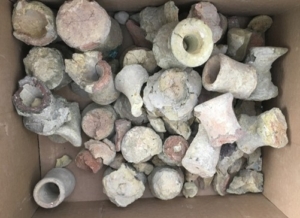
Pottery vessels are the archaeologist’s “bread and butter.” Thanks to their great abundance and the stylistic changes in every period, they can be used not only to date layers but also to learn about the kinds of activities that took place at a given site, about economy and trade, and about the cultural and technological changes undergone by the society that produced them.
At the Sifting Project, millions of pottery sherds have been collected, dating from the Chalcolithic period to the present. The piyyut describes vessels being formed on the potter’s wheel, with the potter widening or narrowing the vessel at will until the desired form is reached. In the sifting we found numerous items of ceramic-production waste, such as sherds of vessels that warped. We were also surprised to discover waste from kiln components and fragments of “kiln furniture” – chiefly small ceramic discs or posts used as spacers to separate the pottery from the blazing kiln floor.
These posts do not belong to a pottery-production kiln, but to the firing of glazed wall tiles that clad the walls of the Dome of the Rock. In the early Ottoman period (16th century), the glass mosaics that adorned the exterior walls were replaced with glazed tiles, and the cladding was renewed several times in recent centuries. From the Crusader period until the earthquake of 1938, an elongated building stood on the Temple Mount next to the eastern wall of the al-Aqsa Mosque; inside it operated a workshop with a furnace for smelting lead sheets and for firing wall tiles. In the early 20th century, the renowned Armenian craftsman David Ohannessian was employed in this work.
For more on this topic, see the post we published about the evidence for this craft on the Temple Mount and about David Ohannessian’s work: Evidence of Kilns on the Temple Mount.
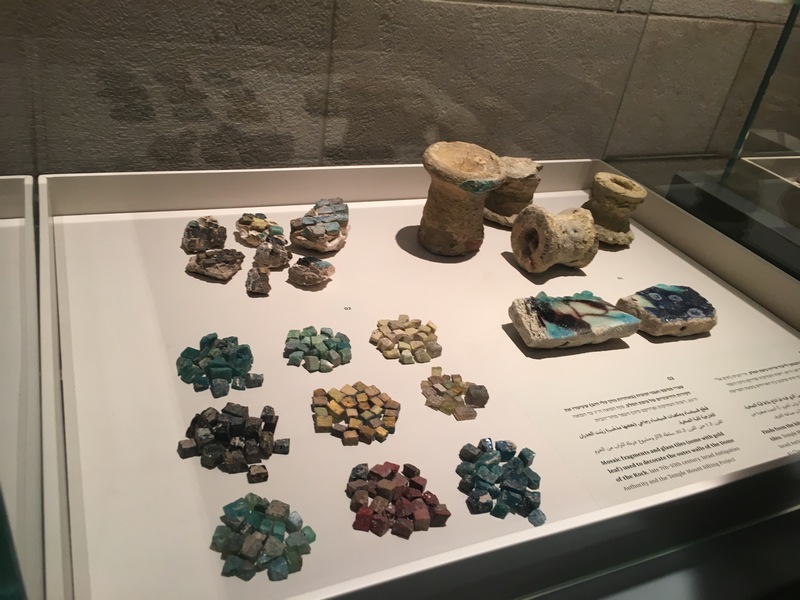
Like Stone in the Hand of the Mason
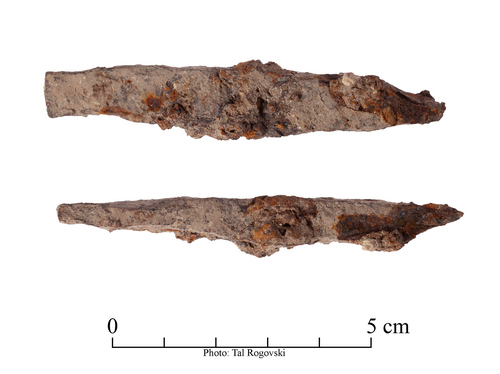
The craft of masonry has played a foundational role in human civilization, shaping everything from humble dwellings to monumental architecture. Stonework proceeds by the controlled removal of material to achieve a desired form. The artisan uses hammers and chisels (points) or heavy axes for the rough-out, knocking away stone until it nears the intended shape, then turns to finer tools (such as rasps and rifflers) to refine the form and pick away small chips. Stonecutting demands great patience: carving an architectural ornament or a large element can take months or even years. The stonecutter must not err, since a single unnecessary cut may be irreversible and ruin the work. Likewise, the Temple Mount Sifting Project requires patience and meticulous attention; a brief lapse can mean an important find is discarded.
In archaeology, masonry provides critical insights into construction techniques, trade networks, and cultural influences. The durability of stonework allows archaeologists to study ancient walls, foundations, and inscriptions – tangible links to the engineering and artistry of past societies. We have uncovered architectural fragments from multiple periods, including column capitals, cornices, and flooring tiles. Featured here is an iron chisel – a tool once used by ancient craftsmen to dress ashlar stones – alongside a finer chisel used to engrave intricate architectural details, including the iconic Herodian acanthus-leaf motif.
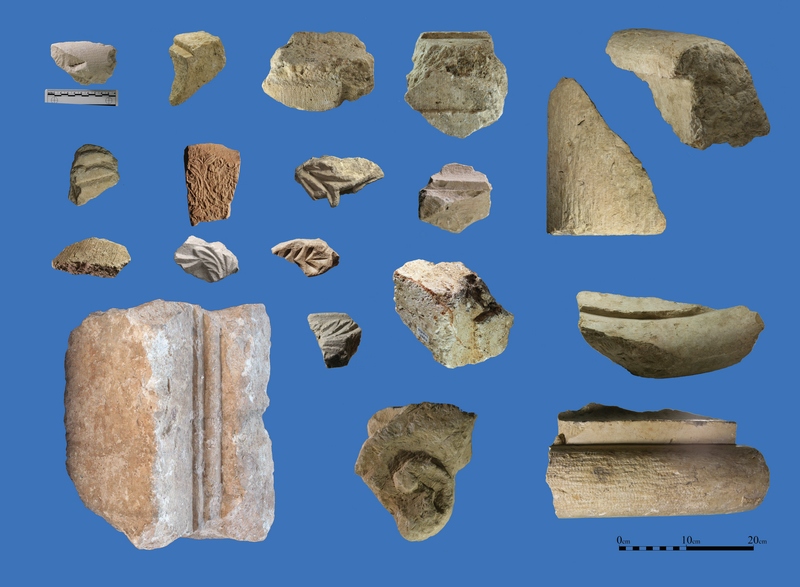
Like Iron in the Hand of the Smith
The crafts depend on one another: for the mason to shape the stone, he must rely on another artisan to produce a mason’s chisel for him. The ḥarash in the piyyut is the blacksmith—who forges iron in a blazing furnace and shapes it with hammer and anvil through repeated heating–quenching cycles. Iron tends to rust and disintegrate, so many items do not preserve well and sometimes are found as unidentifiable lumps; nevertheless, the sifting has yielded numerous iron artifacts preserved well enough for identification and even dating. Among them are nails of various sizes used to fasten wooden beams; arrowheads, spearheads, and perhaps swords; Crusader horseshoe nails known as “fiddle-key nails”; hobnails from Roman soldiers’ sandals (caligae); pegs, and more.

Like the Ship’s Wheel in the Hand of a Seaman
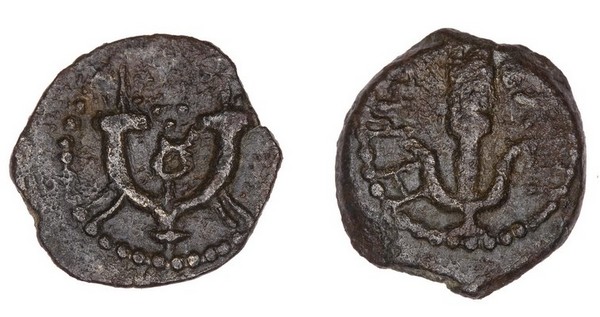
Maritime seafaring was vital to the growth of ancient economies, enabling trade, exploration, and military expansion across seas and rivers. Sailors – both merchants and warriors – connected distant cultures and transported goods and ideas. In archaeology, shipwrecks, harbor structures, and nautical tools offer rich insights into maritime technology, navigation practices, and the global networks that shaped historical civilizations.
In our sifting, we find numerous seashells and shell fragments, fish bones, and – often – imported pottery and other objects. These materials highlight Jerusalem’s connection to distant shores and its role in wider trade routes. Though far from the sea, the Temple Mount was linked to Mediterranean commerce and symbolism. Coins minted by Alexander Jannaeus and Herod the Great bearing an anchor – a longstanding emblem of royal power and naval strength – were discovered in the sifting, reflecting Jerusalem’s role as a political center with broad economic networks.
Like Glass in the Hand of the Glazier
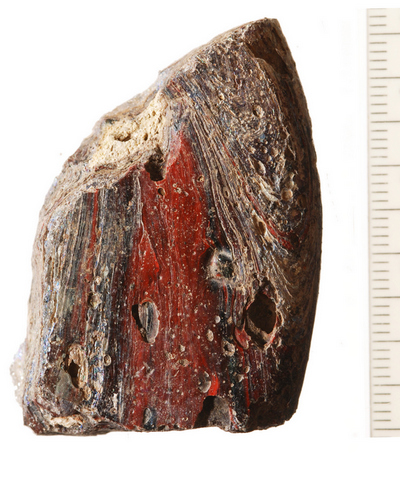
Glassmaking emerged as a sophisticated craft in the ancient Near East, with early examples in Mesopotamia and Egypt. In the glazier’s art, silica-rich materials are melted with additives and shaped while molten, then cooled to a stable form. Until the Roman period, glass vessels were primarily core-formed (glassblowing had not yet been invented), and even after blowing became common, non-blown techniques persisted – rotating and cutting molten glass among them.
Ancient non-blown methods included core-forming, rod/lampworking, casting in open or closed molds, slumping/sagging over formers, and mosaic/millefiori (fusing cane slices). Flat panes were cast or rolled, then ground and polished. Finishing and decoration employed cold-working (cutting, wheel-engraving, grinding, polishing), as well as gold-glass “sandwich” work and enamel on metal; Egyptian faience is a related, quartz-glazed ceramic precursor.
From the sifting we have recovered glass vessels, stained-glass window fragments, rings, bracelets, and weights. A notable find is a Byzantine glass weight stamped with a haloed imperial bust and Greek inscription, likely used to measure gold coins – evidence of glass in both decorative and commercial contexts. We also uncovered large fragments of cast flat glass panes used on the Temple Mount to cut tesserae for the wall mosaics of the Dome of the Rock, as well as fragments of Ottoman glass windows – testimony to the architectural decorative artistry of both the Dome of the Rock and the Al-Aqsa Mosque. The piyyut uses the verb חוגג, which here seems to allude to circular scoring or cutting of glass.
Like a Tapestry in the Hand of an Embroiderer
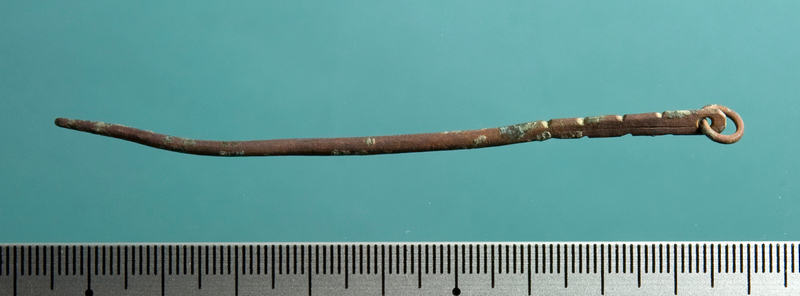
It seems that among the textile crafts, embroidery is the most creative. The fabric is stretched on a hoop or frame, and the embroiderer uses a sharp needle and cotton/silk/wool threads to sew decorative stitches according to a marked pattern, sometimes with the addition of beads or gemstones.
Since textiles are made of organic material, they are very rare in the archaeological record – and embroidered textiles even more so. Nevertheless, many clothing-related finds were recovered in the sifting, including fibulae (dress fasteners), buckles, buttons, and spindle whorls for spinning thread. At times, even rarer discoveries turn up—“like a needle in a haystack”—such as an ancient bronze needle whose date has not yet been determined.
Like Silver in the Hand of the Refiner
Silversmithing was a refined and respected craft, producing jewelry, ritual objects, and decorative vessels. Artisans worked with precision in dedicated workshops, using techniques such as casting, engraving, and filigree to shape silver into objects of cultural significance.
Jerusalem in the late Second Temple period was very affluent, and silverware was common in many households. Josephus, an eyewitness to the siege and destruction of Jerusalem, mentions gold and silver vessels that the city’s residents hid during the Great Revolt against the Romans. A fascinating study by D. Adan-Bayewitz showed that ceramic sherds from the destruction layers of Second Temple–period Jerusalem contain an anomalously high proportion of silver particles (Ag), significantly higher than similar wares from the same period found at other sites in the country.
Metals – especially precious ones like silver and gold – are comparatively rare in archaeological contexts, since they were often recycled rather than discarded like objects made of cheaper materials. Even so, among the Sifting Project’s finds are a few silver artifacts (besides coins), such as a delicate silver spoon (probably 19th–early 20th century) and silver earrings (not yet dated, possibly ancient), reflecting personal adornment and domestic life.
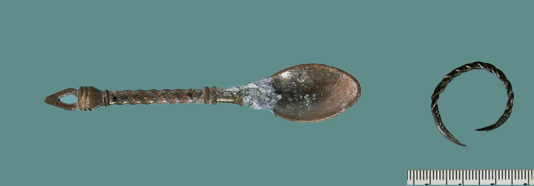
Final Reflection
This is only a glimpse of the wide range of artifact categories we have recovered. Each group deserves careful study by subject experts to understand its significance and to produce rigorous scientific reports. This is a major ongoing effort in our lab, which also includes research into the history and theory of ancient craftsmanship.
This Yom Kippur, may we reflect not only on our own shaping, but also on the hands – divine and human – that shaped Jerusalem’s sacred past. If you haven’t yet done so, visit us at the Temple Mount Sifting Project to take part in safeguarding the heritage of Jerusalem’s holiest site and in uncovering its past.
Discover more from The Temple Mount Sifting Project
Subscribe to get the latest posts sent to your email.
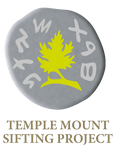
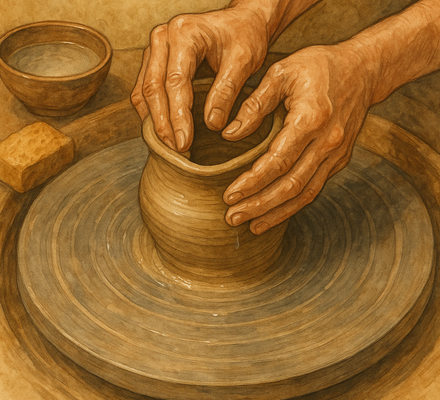


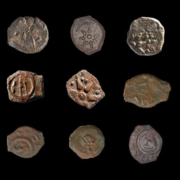







Leave a Reply
Want to join the discussion?Feel free to contribute!